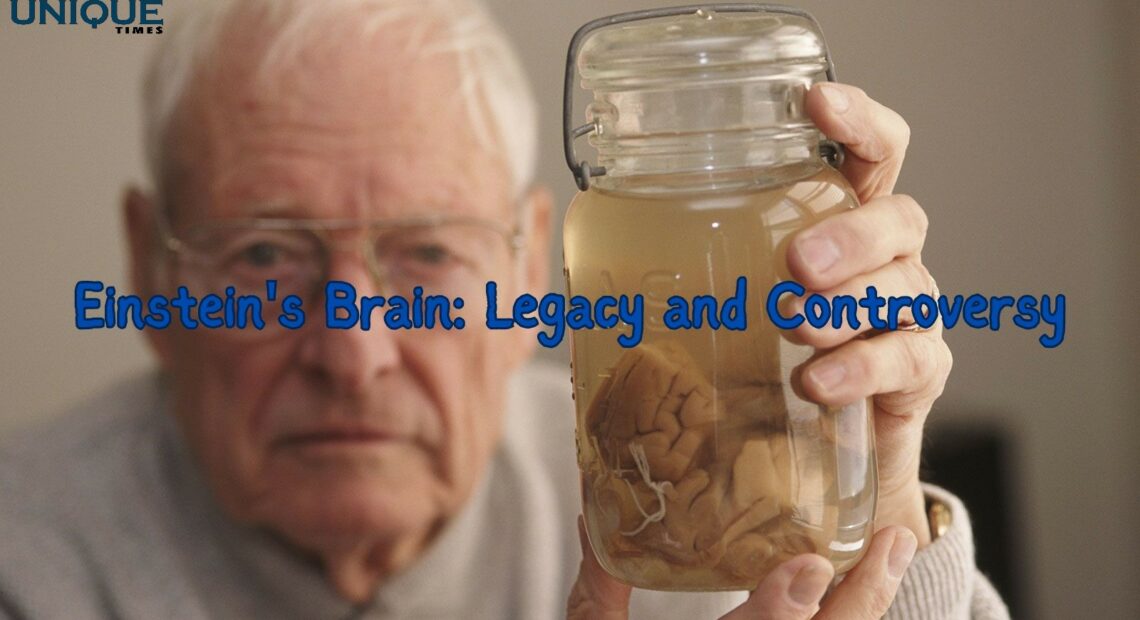Einstein’s Enigmatic Brain: A Posthumous Journey

Albert Einstein, the iconic physicist renowned for his groundbreaking theories of relativity, left an indelible mark on the scientific world. Yet, the intrigue surrounding his legacy extends beyond his theories to the fate of his brain after his death in 1955.
The Immediate Post-Mortem Decisions
Upon Einstein’s demise, Dr. Thomas Stoltz Harvey, the pathologist who conducted the autopsy at Princeton Hospital, found himself facing a unique and somewhat controversial decision. With the permission of Einstein’s son, Hans Albert, Harvey decided to perform an autopsy that included the removal of Einstein’s brain for scientific study. This decision would set in motion a series of events that would shape the destiny of Einstein’s brain in the years to come.
The Preservation Process
After removing Einstein’s brain, Harvey embarked on an unconventional journey to preserve this extraordinary organ. Using a formaldehyde-based solution, he immersed the brain in a fixative to prevent decomposition. This act, however, was conducted without the knowledge or consent of Einstein’s family, leading to ethical debates and controversies.
The Brain’s Odyssey
Following preservation, Einstein’s brain embarked on a somewhat eccentric journey. Harvey divided it into 240 blocks, encasing them in celloidin, a type of plastic. This division was intended to facilitate scientific examination. Over the ensuing decades, the brain underwent various voyages, changing hands multiple times, and even traveling across continents.
Scientific Scrutiny and Controversy
Despite Harvey’s intentions to unravel the secrets of Einstein’s genius, the scientific community remained skeptical of the ethical and methodological aspects of the study. While some researchers conducted analyses that yielded insights into the unique features of Einstein’s brain, others criticized the study’s lack of proper controls and the questionable process of obtaining and preserving the brain.
The Final Resting Place
After years of controversy and scientific scrutiny, Einstein’s brain was eventually reunited with the rest of his body. In 1998, Harvey returned the brain to Princeton Hospital, where it was cremated, and the ashes scattered in an undisclosed location, as per the wishes of Einstein’s family.
Legacy and Reflections
The journey of Einstein’s brain is a tale of scientific curiosity, ethical dilemmas, and the enduring quest to understand the complexities of genius. While the study of Einstein’s brain may not have provided all the answers sought by researchers, it remains a unique chapter in the history of scientific exploration. As we reflect on this posthumous odyssey, it prompts us to consider the ethical dimensions of studying the brains of extraordinary individuals and the balance between scientific curiosity and respect for the wishes of the deceased.
Picture courtesy: Google/images are subject to copyright








